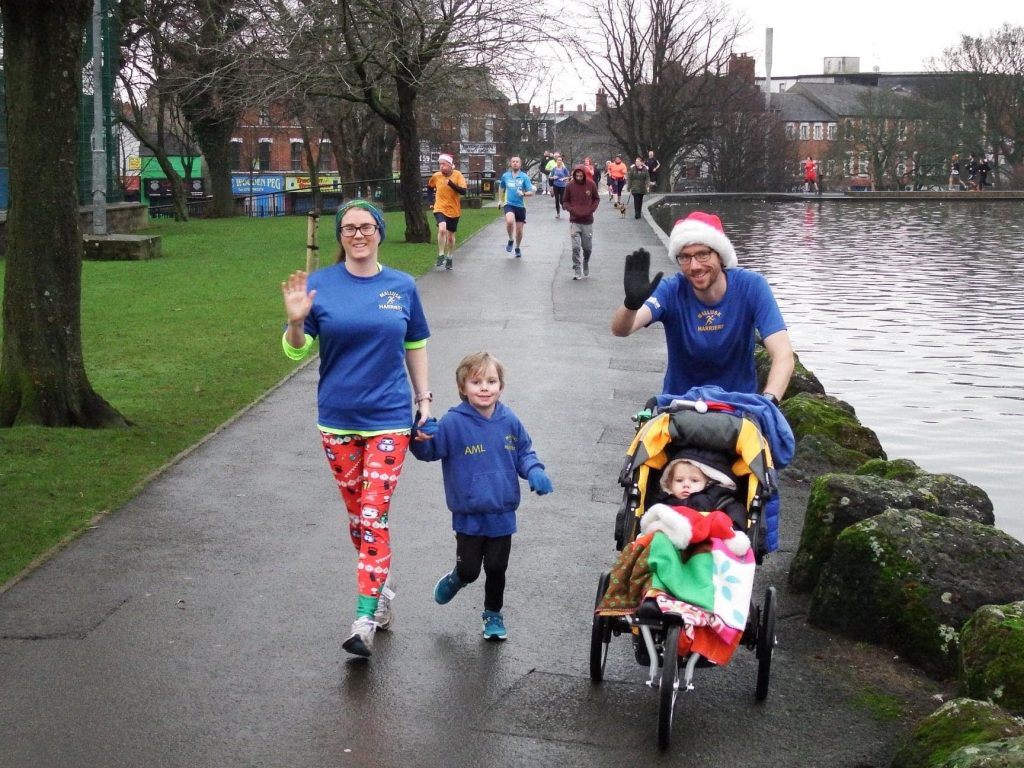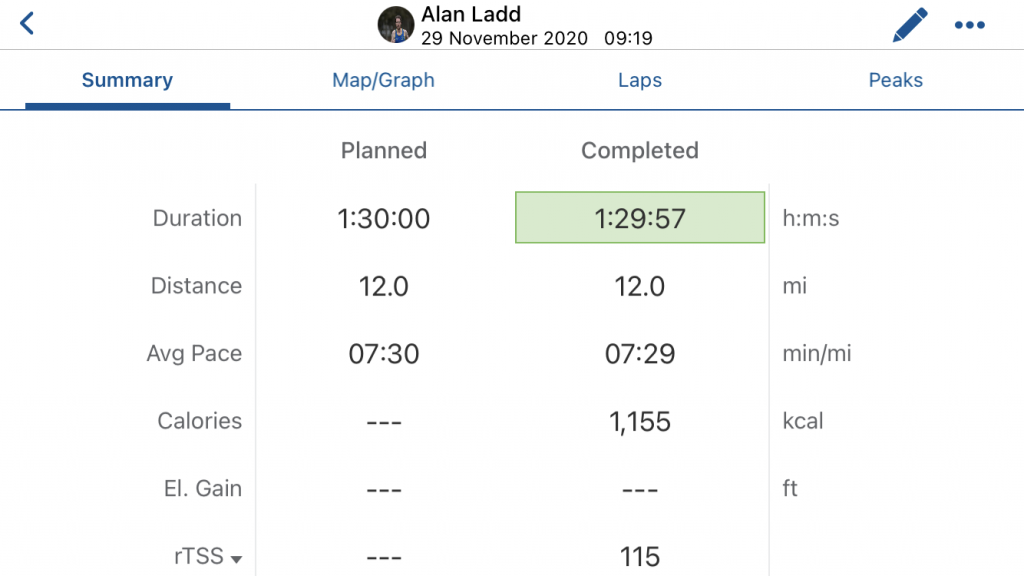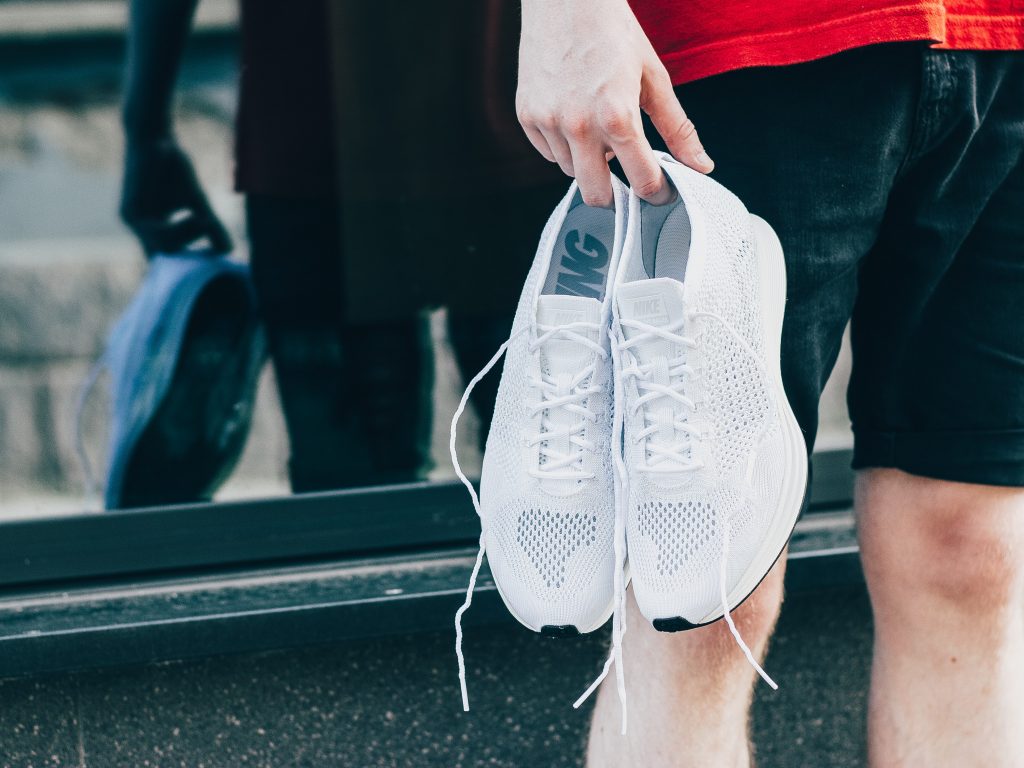Why most of us are constantly underachieving

It’s the time of year we like to set new goals and look forward to the future. We think about all the things we ‘did wrong’ last year and sometimes we might consider what went right too.
What are your goals for this new year? How did you arrive at them? Is there a burning desire to achieve something or did you just feel like you should set something to do?
How ambitious are your goals? Did you set something outside of your comfort zone or are you playing it safe? Are you worried what people will say if you fail?
Why are we afraid to push our boundaries?
Most people are afraid to think big. It has been ingrained in us at an early age that we shouldn’t fail. (Actually I’m pleased to say that this is a message that has started to change in schools. At my son’s primary school they do talk about reframing failure as a learning opportunity).
But for me and for many, the emphasis was always on ‘good results’ and ‘staying out of trouble’ and ‘conforming to the expected norm’. The result is that most people lead average lives putting an average amount of effort into everything and thinking that we’re only capable of average.
That belief coupled with worrying what other people think if we try and do something out of the ordinary leaves us too scared to try something radically new. Yet the reality is that because so many people think like this, it isn’t as hard as you think to do something more extreme.
Your ‘why’ has to be strong
If you don’t have a strong reason for doing something then it will be difficult to follow through with it. People’s reasons for doing things vary greatly and can be very personal. They might also not be immediately obvious. You might have to ask ‘why’ several times before you find the root reason.
For example: I want to run – why – to complete a marathon – why – to raise money for charity – why – because it is a cause I believe in strongly – why – because a member of my family suffered from the disease and I want to help others in that situation.
A strong reason will help you battle through when things get tough.
How big should the goal be?
The size of the goal is going to be very individual too. The goal of running a marathon might feel a very long way off for someone new to running but it wouldn’t be a big challenge for me without adding a strict time element. Conversely, a 100 mile race would be a big challenge for me but not for accomplished ultramarathoners.
Fitness entrepreneur Brian Keane says you should pick a goal that feels a little over what you think you could reasonably achieve. I agree with this. It needs to be something that you would absolutely love to achieve but also not something so wild that you will quickly get discouraged.
You have to be completely honest with yourself when assessing this. The context is key too. It is absolutely possible for many people to drop their marathon time by 30 minutes or more because their training has never been ideal. It would be very hard indeed for me to drop 30 minutes.
It can be tempting to play it too safe. Time goals especially lend themselves to this. It could be far more compelling to go for a sub 4 hour marathon than a sub 3:50 marathon but the latter might be the right goal for you to really get the best out of yourself. The sub 4 will come for free.
Tell people your goal
It is scary to pick a goal that you might fail at. But failure doesn’t need to be the end of the story. You can tweak things and go back and try again or you can change course to something else more suited.
Unless you are very strong willed it is a good idea to make your target public or at least tell people close to you. It gives an extra incentive to keep going when things are difficult. It also stops you backing out if you start doubting yourself.
In the extreme case, people will tell you that you can’t or shouldn’t do something. If your reason is strong enough, you will use this as fuel to prove them wrong and do it anyway. That’s precisely what happened to me in 2017.
What does an ‘unrealistic’ goal look like?
In 2017 I decided to run 24 parkruns (5k routes) across Northern Ireland in 24 hours. I was inspired by Eddie Izzard’s 27 marathons in 27 days in South Africa (in my opinion a much more impressive feat).
I was told by numerous people that it couldn’t be done. And they had good reason to doubt me. I’d never run more than a marathon, logistically it seemed a nightmare and to be completely honest, I didn’t know if I could do it myself.
Once I said I was doing it publicly I knew I couldn’t change my mind. I was going to do it or crash spectacularly trying. But those doubting voices including my own added fuel to the fire.
My ‘why’ was strong. I was doing it in tribute to my late Mum, a marathoner and inspiration for my own running whilst raising money for charity.
I chose the challenge because it was different to anything other people were doing and anything I’d done before. I didn’t want to ‘play it safe’ and it also made me feel more confident asking for sponsorship!
So many people got on board with it in terms of running, organisation and sponsorship which made it a huge success raising over £10000. I am indebted to all those people but I do think the project appealed more because it was quite extreme (for me at that time).
What does ‘unrealistic’ mean to you?
Reevaluate your own goals for 2021. You don’t have to go as extreme as I did in 2017 (I haven’t myself) and it is all relative but could you push your targets a bit more?
If you plan to run a 5k – could you run a 10k? If you are targeting a 5 minute PB in the marathon, could you make it 10 minutes? If you want to raise £1000, could you raise £2000?
Choose something that makes you feel uncomfortable and start achieving!









